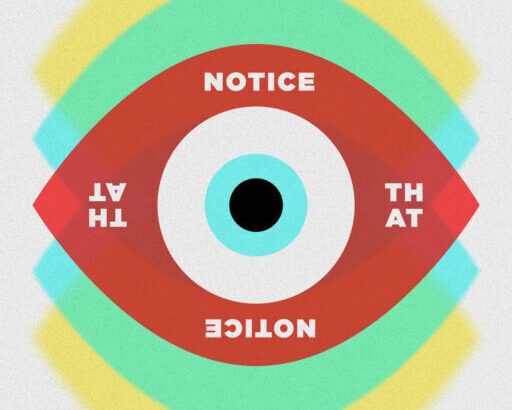EPISODE 1: GETTING STARTED

We are excited introduce this podcast to you and let you in on our vision for episodes to come. Episode 1 will give you a glimpse into our professional background and perspectives on the foundations of EMDR Therapy.
Melissa’s Introduction and brief background
Jen’s Introduction and brief background
EMDR as a technique vs full approach:
- Many therapists look at EMDR therapy as an intervention to utilize in select situations
- Instead, look at EMDR Therapy as a complete therapy modality. Looking at all work that is done in therapy within the structure of the 8 phase protocol.
- When met with resistance about exploring past experiences, it is important to help our clients understand the AIP Model and the neuroscience in how our trauma is stored in our brain.
- Psychoeducation about trauma and the brain would be considered part of the preparation and resourcing phase.
- Continuously be conceptualizing the clients case through the lense of the AIP Model.
Re-defining what trauma is:
- Trauma is any adverse life experience. Meaning, the severity is not what is relevant, but what conclusion your brain came to in relationship to that event.
- With this new definition, we can utilize this approach with a broader population.
Head vs Gut:
- EMDR helps to ensure that the trauma is being processed on all levels, cognitively, emotionally, and somatically.
- However, remaining too cognitive can be a defense mechanism. Help your clients experience a connection between their brain and body. This is a necessary part of the preparation phase in order for them to fully reprocess their trauma.
Significance of the Preparation Phase:
- The preparation phase is not delaying the “real” work. In fact, these skills are often critical in making the reprocessing possible.
- A client being well prepared and resourced typically results in a smooth reprocessing experience.
- Allow the process to be fluid and flexible enough to move back and forth between reprocessing and resourcing as the client might need.
Defining Reprocessing and Resourcing as EMDR Terms
Misconceptions in EMDR Therapy:
- EMDR Therapy being brief, 6 sessions.
- This can be a reality for singly incident reprocessing, but most often we are working with complex trauma or clients that are limited in their resources.
- EMDR Therapy is efficient but cannot be limited to the idea of only taking 6 sessions.
- If you are going to work with a client for a short period of time, due to whatever limitations, it is important that we are cautious in what we are choosing to target and how we are sequencing the targets.
- EMDR is rigid, scripted, robotic, etc.
- You can still be warm, nurturing, and compassionate while utilizing the EMDR Therapy protocols and scripts.
- Early after your basic training, you back feel confined in your ability to be a therapist. So try looking at the scripts as a support to rely on so that you can focus on your client better.
- EMDR is a wide world of creativity. With this being said, it is walk before you run practice so utilize the structure to aide you in making it feel natural.
Upcoming Plans for the Podcast





